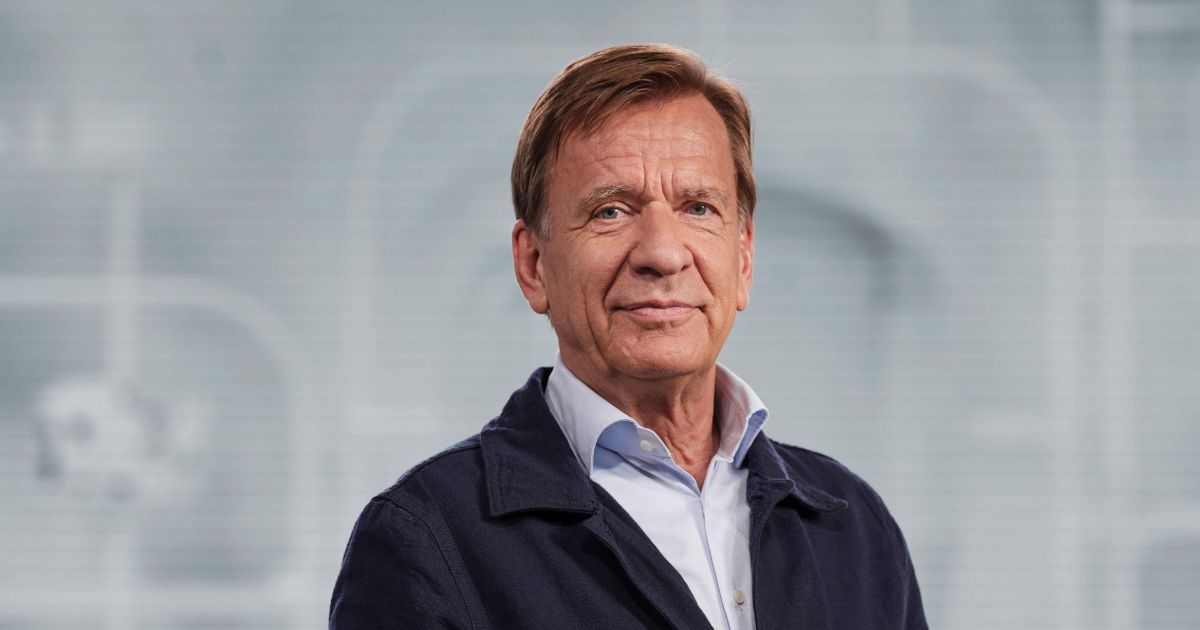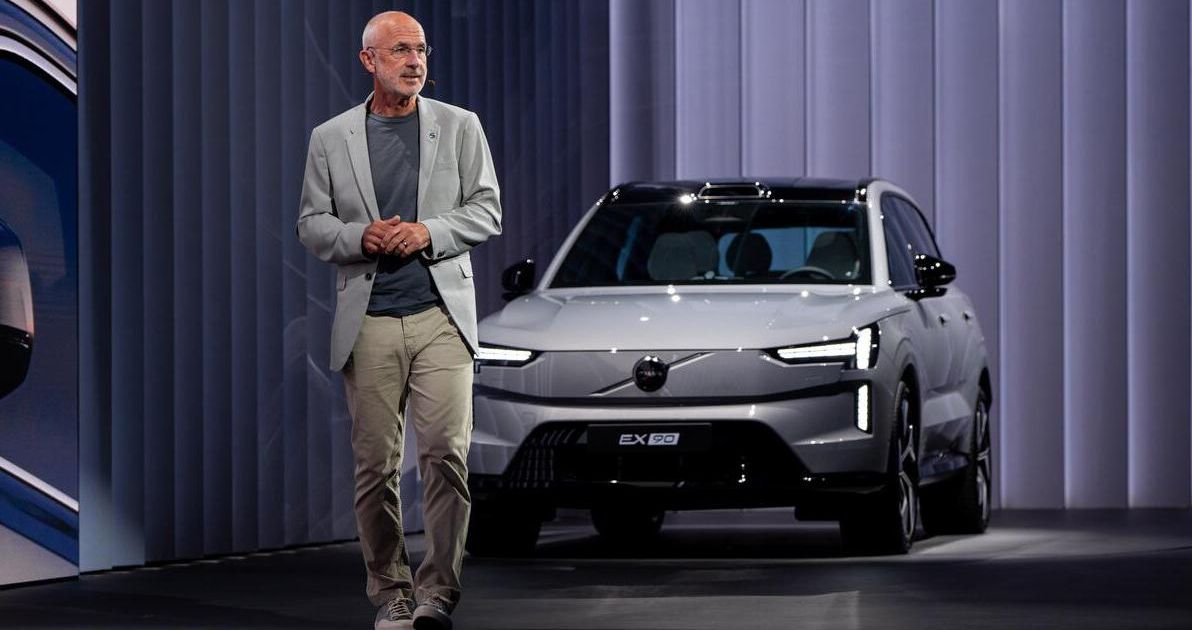Volvo has gone back in time, reappointing its former global chief Håkan Samuelsson as Volvo Cars CEO and president, effective from tomorrow (April 1, 2025).
Mr Samuelsson will succeed Jim Rowan, who steps down today (March 31). The board of directors has appointed Samuelsson for a two-year term to ensure stability while they prepare to appoint a long-term successor.
Samuelsson, 74, previously served as Volvo CEO between 2012 and 2022, when he led Volvo Cars to numerous vehicle sales and profit records. He was key in the company’s bold strategic decisions, including dropping diesel engines much earlier than competitors, despite diesel vehicles comprising the vast majority of its European sales at that time.
During his tenure, Volvo also uniquely capped the top speed of its vehicles at 180km/h, even in markets like Germany where competitors (and road conditions) offered significantly higher limits.
Hundreds of new car deals are available through CarExpert right now. Get the experts on your side and score a great deal. Browse now.
-

Håkan Samuelsson, Volvo Cars CEO
During Samuelsson’s previous tenure, Volvo made significant strides internationally, opening its first US manufacturing plant in South Carolina in 2018. Samuelsson noted this strategic move established the US as Volvo’s third home market, alongside Sweden and China. He was also key in guiding Volvo through its IPO in 2021.
“Some things you need to have the balls to just do because it’s the right thing to do,” Samuelsson told the media in 2022.
When Samuelsson first took over as CEO in October 2012, Volvo’s revenue stood at SEK 124.5 billion (about A$19.8bn) with a zero per cent operating margin. By the end of 2021, revenue had more than doubled to SEK 282 billion (about A$40.4bn), with a record operating margin of 7.2 percent.
Volvo continued that momentum in 2024, achieving a record-breaking core operating profit of SEK 27 billion (about A$3.87bn). Annual revenue hit an all-time high of SEK 400.2 billion (about A$57.3bn), while global sales climbed to 763,389 cars — the brand’s highest to date.
Samuelsson returns at a critical juncture for the automotive industry and Volvo specifically, facing fast-moving technological shifts, growing geopolitical complexity, and intensifying global competition from (other) Chinese brands. The decision of the Volvo board to go back to a known quantity indicates it believes Samuelsson’s deep industrial experience, strategic clarity, and proven leadership are essential for navigating these challenging circumstances.
-

Former Volvo Cars CEO Jim Rowan
Eric Li, Chairman of Zhejiang Geely Holding, which owns Volvo Cars, welcomed Samuelsson back: “Håkan led Volvo Cars through one of its most transformative and value-creating decades — revitalizing the brand, expanding into new markets, and successfully executing its IPO. He brings a rare combination of industrial depth, strategic clarity, and proven leadership.”
Samuelsson appears to be under no illusion at the difficulties and challenges ahead: “The car industry is under pressure from many directions. I’m honored to return at such a defining moment for Volvo Cars. I have deep respect for the challenges ahead and look forward to working with our talented team to sharpen our competitiveness, meet the demands of key markets, and accelerate strategic execution and focus on leadership development.”
Outgoing CEO Jim Rowan, who joined Volvo from Dyson in 2022, was acknowledged by Li for accelerating Volvo’s transition into a software-led, connected car company. Li expressed gratitude for Rowan’s leadership and his role in establishing a strong digital foundation for Volvo.
“It has been a privilege to lead Volvo Cars and work alongside such an exceptional team. Together, we’ve made significant progress in building a fast-growing, trusted brand and launched some of the industry’s most advanced and safety-oriented products. I wish everyone at Volvo Cars continued success as the journey continues,” Rowan said.
In September 2024, Volvo announced an adjustment to its electrification strategy, which now calls for electrified vehicles, including plug-in hybrids, to account for 90 to 100 per cent of its total sales by 2030, citing factors such as slower-than-expected charging infrastructure rollout and the withdrawal of government incentives in some markets.
Volvo has also pushed back its electrification plans locally, where Volvo Car Australia will now continue to sell petrol and hybrid-powered models beyond 2026.

